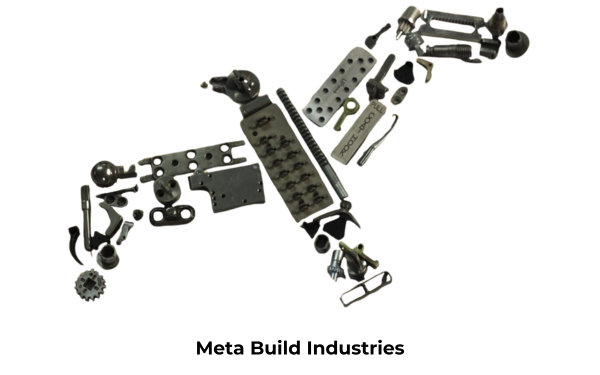MIM Advantages
- Home
- MIM Advantages
Advantages of Metal Injection Molding(MIM)
The advantage of metal injection molding stems from its ability to manufacture parts with mechanical properties that closely match those of wrought materials, alongside being a net-shape process technology that ensures tight control over dimensional tolerances.
Parts created through metal injection molding can have almost any shape and geometric features, thanks to its flexibility in design. Furthermore, high production rates are achievable by employing multi-cavity tooling, making it an efficient method for manufacturing.

Advantages of the Metal Injection Molding Process
- Design Complexity
- Reduced Waste /Machining
- Density & Strength
- Properties
- Cost-Effectiveness
- Material Selection
Design Complexity
MIM offers a design flexibility equivalent to Plastic Injection Molding. Complicated parts which have cross holes, angle holes, splines, undercuts, side holes and grooves are all possible with MIM. All such intricate features can be achieved. Additionally, with MIM you can create whole parts that would often have to be created separately and assembled in post-production.
Reduced Waste / Machining
MIM’s capability to provide net shape components eliminates many secondary machining operations.
Density & Strength
MIM parts are typically around 97% dense, MIM parts achieve greater strength, better corrosion resistance, and improved magnetic properties when compared to conventional powder metallurgy processes.
Parts manufactured through Metal Injection Molding (MIM) exhibit high density, leading to superior mechanical properties like strength and hardness. Consequently, MIM is an ideal option for producing components that must endure significant stress and wear.
Properties
As we’ve already noted, MIM is able to create fully dense or near fully dense metal parts when the process is complete, if the process is carried out correctly. It’s particularly beneficial for parts that are too small or too detailed to machine out of bar stock.
Cost-Effectiveness
Several factors contribute to the cost-effectiveness of metal injection molding (MIM), notably the decrease in labor requirements and the minimization of waste.
Due to its highly automated nature, MIM requires far less manual labor than conventional metal forming techniques. This automation leads to substantial savings on labor costs, particularly in the context of large-scale production.
Furthermore, MIM is known for its efficiency in material usage, producing minimal scrap. This efficiency not only reduces waste but also lowers the costs associated with waste disposal. Additionally, the precise nature of MIM lessens the necessity for further processing steps like finishing and assembly, offering further opportunities for cost reduction.
Material Selection
Metal injection molding offers a diverse selection of materials, such as stainless steel, titanium, and low-alloy steels, providing engineers with the flexibility to select the most suitable material for their particular application.
